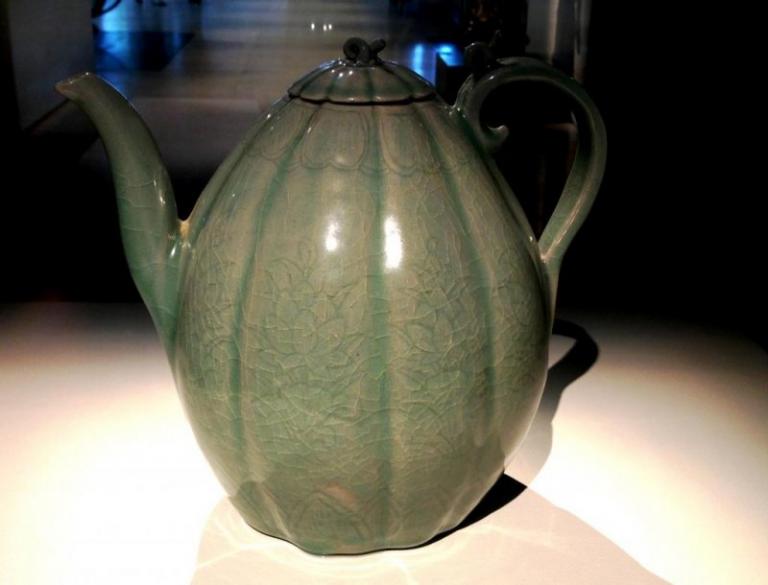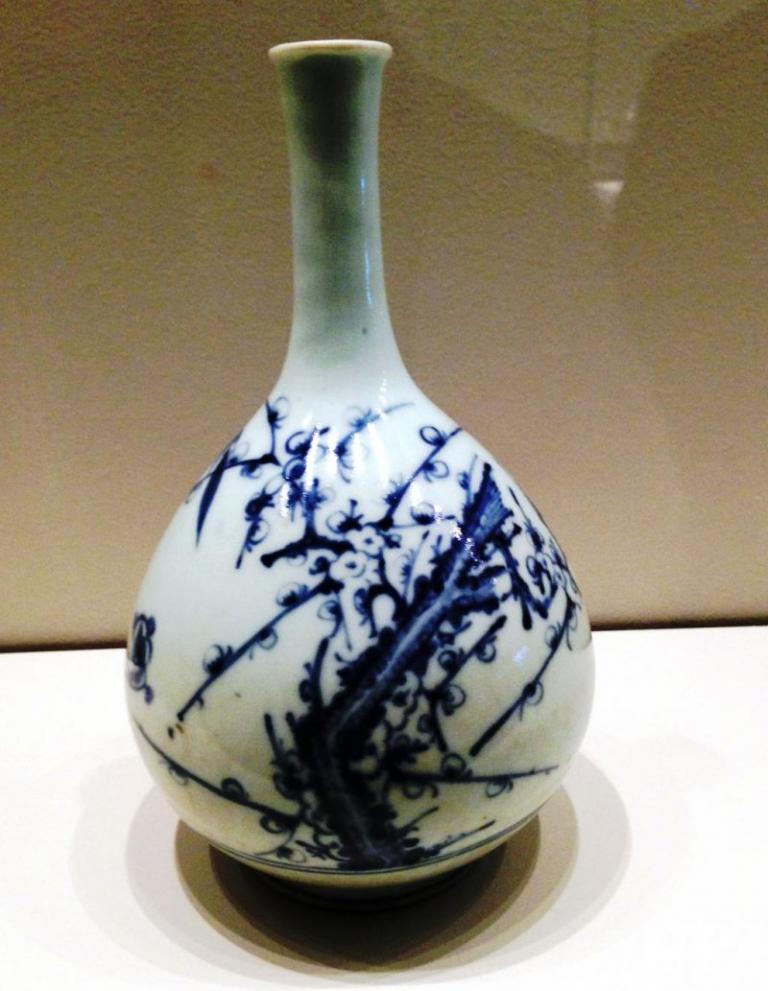Tri colour Pottery of Nara and Silla
3 min readThe tri-colour pottery industry declined after the Tang dynasty. Although the Song, Liao and Jin dynasties all produced their own tri-colour products, none of them could be compared to those of Tang, either in quality, colour or diversity. The production of Song tri-colour products gathered mainly around today’s Henan province which was characterized by plain and simple glazes, far less colourful and bright than Tang tri-colour products. Green was the main glaze colour of Song tri-colour, which made the products primitive and sober, and was inferior to Tang in terms of glaze and decoration. The main products of Song tri-colour pottery were commodities.
Artworks and burial objects. Among them, tri-colour pillows as a main specialty, while production of tri-colour figurines decreased in great deal. Liao and Jin were regimes established by ethnic minorities, thus their tri-colour products not only borrowed traditions of Tang, but bore their own characters as well. The shapes of Liao tri-colour products bear distinct features of its own, but its glaze is rather simple and thin.

Although the diversity and luster of Jin tri-colour product surpassed that of Liao, it didn’t reach the height of Tang tri-colour, and witnessed the very end of the tri-colour art. Fortunately, the smooth trade and communication between China and the west brought tri-colour products of Tang to many other places around the world, and they have been founded and well-preserved in museums across Asia, Africaand Europe. These products revealed the prosperity of trade of tri-colour products either through caravans across the Silk Road, or shipped out from Yangzhou. The importation of Tang tri-colour products propelled imitations around the world, such as in Nara, Silla, Egypt and Persia. Among them, tri-colour wares produced by Nara and Silla were the most famous.
Japan imported most Tang tri-colour wares from China, and they are now housed in many places in Japan, some of which are indeed precious treasures, and were brought to Japan by Japanese envoys to the Tang court or businessmen. The main categories o tri-colour products found in Japan include pillows, bottles, basins and jars, which are similar in shape and pattern with products excavated in China.
After the introduction of Tang tri-colour products in Japan, students were sent to China to learn their glazing and firing techniques, which resulted in the creation of Nara tri-colour products. It was very similar to Tang tri-colour wares in terms of shapes and glazes, but was less diversified in categories and glazes.
Tang tri-colour products were also imitated in Silla on the Korean peninsula, but its technique was far inferior to the Nara tri-colour, producing only three different colours-yellow, white and green, whereas only the green looked similar to the glaze of Tang tri-colour. Silla tri-colour products were mainly applied as commodities, so far no such products have been found in tombs. With it great openness and generosity, Tang exported magnificent tri-colour products as well as its exquisite techniques, through which people in other parts of the world managed to be acquainted with the splendid culture of China.









